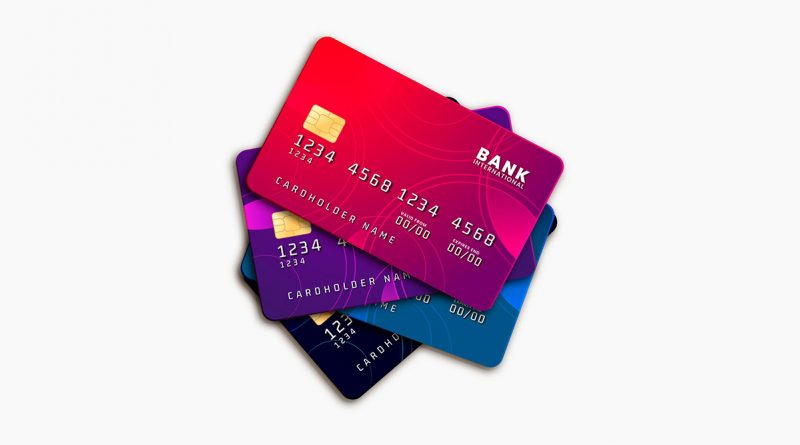How to Choose the Right Bank Card
Billions of people use bank cards for almost everything. Be it shopping or paying bills either in person or online, bank cards are important. Moreover, many industries, such as hotels and vehicle rentals, need a bank card to make bookings. Thus, it appears that having at least one bank card is a need of the modern economy.
It’s crucial to be aware of the different sorts of bank cards accessible. No matter whether you’re earning your first credit card or opening a new bank account, it’s important to know about the types of cards. Here are the most prevalent sorts of bank cards. Also, read on for some recommendations and who should use them.
Debit Cards
A debit card, rather than carrying a checkbook, allows you to make payments in-store and online. It works by deducting the amount of the purchase from your checking account right away. Additionally, you can use debit cards to withdraw money from an ATM or to get cash back at stores that offer it. A transaction fee may be charged in rare situations, but it is normally only a few dollars. Cash can be accessed immediately using debit card information. Therefore, it’s important to mention that if your card is stolen, debit cards may represent more financial dangers than other methods.
They are a convenient way for anyone with a bank account. It helps you to access your money without having to carry cash or checks on a daily basis.
ATM Cards
These sorts of cards allow you to withdraw money from your bank account at a machine. When you make a withdrawal, you can directly take money from your account, just like with debit cards. Although some merchants will accept payments made with ATM cards, this is not the norm. These cards are handy for people who want to use cash but also want the convenience of being able to access their funds at ATMs.
Prepaid Cards
Prepaid cards are similar to debit cards in some ways. The funds spent for purchases are promptly deducted from the account. However, they are not tied to a bank account. Instead, you pay a fee to load a specific amount of money onto the card. Thus, you won’t be able to use your pre-loaded funds again until you replenish the card. As a result, prepaid cards are not eligible for banking privileges such as overdraft protection. Also, the system can deny you payment if you try to make a purchase that exceeds the amount on your card. Furthermore, prepaid cards offer fewer consumer safeguards than debit cards if you lose them.
For those who do not have bank accounts, prepaid cards provide a cashless option. They’re also beneficial for folks who have bank accounts but are on a fixed income. Also, it is beneficial if you wish to avoid overdrawing your accounts.
Credit Cards
A credit card purchase acts similarly to a tiny, short-term loan. You can pay off the bill in smaller installments rather than paying the entire amount up-front. You’ll pay as much as 29 percent interest on any balance that transfers over from month to month. This will be in exchange for this standard line of credit. However, these rates vary depending on your credit score. Also, if you don’t make the minimum needed payments each month, you’ll add interest and be charged late fees. Other fees can include annual fees, balance transfer fees, and over-the-limit fees.
However, credit cards are an excellent tool for anyone looking to improve their credit to qualify for lower interest rates on future loans. Larger purchases, such as buying a house or a car, will be the most affected. Moreover, some cards can provide extra benefits such as cashback or travel rewards.
Secured Credit Cards
The card detailed in the prior section is the most common sort of credit card. Moreover, it is suitable for the majority of people who meet the requirements. On the other hand, secured credit cards are ideal for persons with bad or no credit. These cards function similarly to debit cards in that you use your own funds rather than a bank loan. First, you pay a security deposit, usually between $300 and $500. This deposit is held as collateral by the lender and can be used to collect any missing payments. This deposit amount, not your credit score, determines your spending limit. The amount you can spend varies, but it’s normally between 50 and 100 percent of your deposit.
You should only use a secured credit card to develop credit and qualify for an unsecured card. These cards feature higher service charges and fees than unsecured credit cards since only high-risk consumers use them.
Charge Cards
These work similarly to credit cards, with the exception that there is no limit to the amount you can charge. In addition, when your bill arrives, you must pay the entire sum. However, a lender will normally provide you with a one-month grace period without interest if you don’t pay your balance. After the grace period, they will charge you up to 35% interest. After that, if you don’t pay your balance within three months, your account will be canceled. As a result, the lender will send your bill to collections. Charge cards carry excessive yearly fees. Sometimes it can be as much as $90. Moreover, since lenders charge merchants high fees, some establishments refuse to take them.
A charge card’s main advantage is not having a spending restriction. Therefore, it’s ideal for business owners and individuals who make regular, high-priced transactions. Some additional benefits are sign-up bonuses, access to airport lounges, travel expenditure credits, and hotel memberships.
Understanding the fundamentals will increase your chances of selecting the best card. The rates and costs associated with each of them will differ depending on the lender. Thus, always read the tiny print before selecting a bank card.




